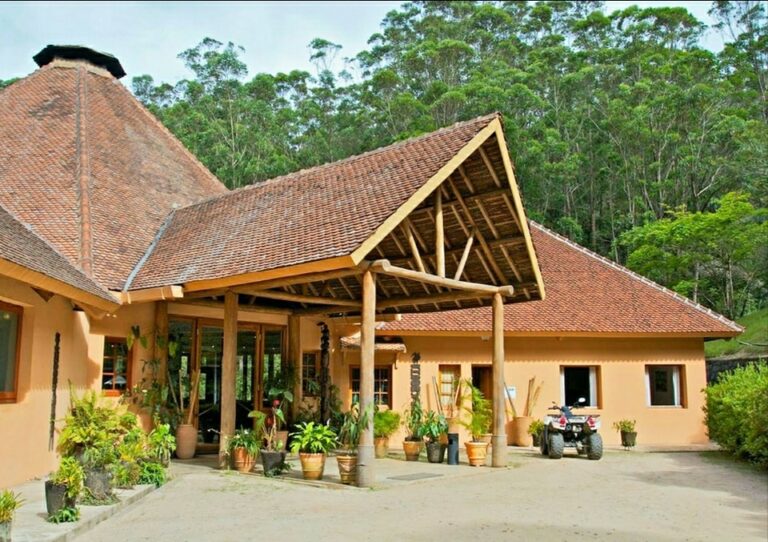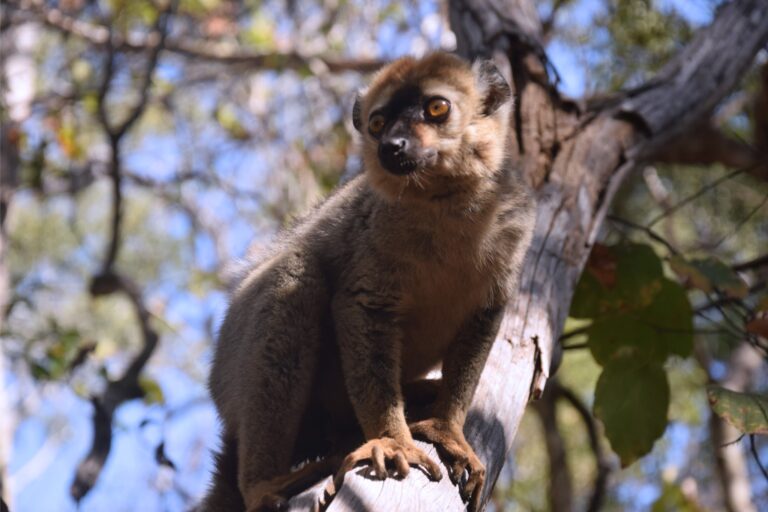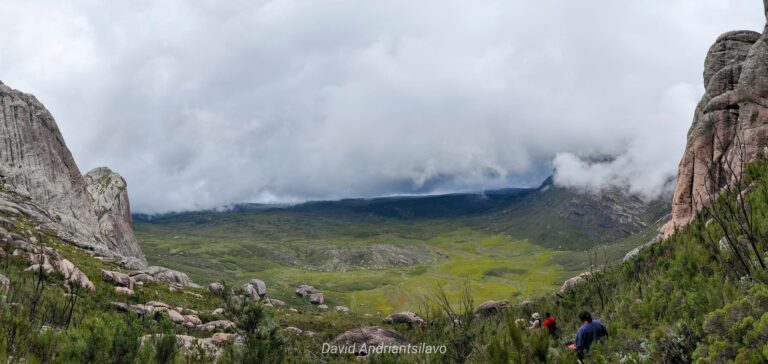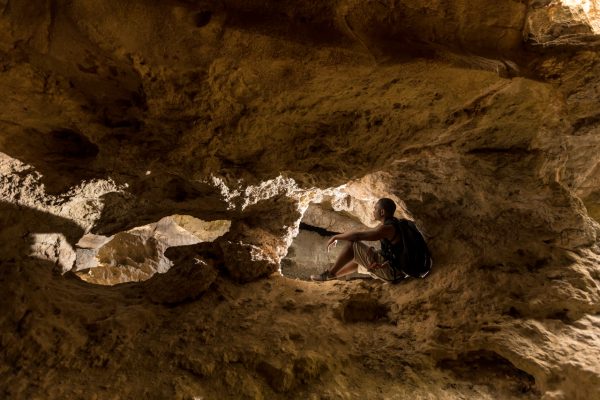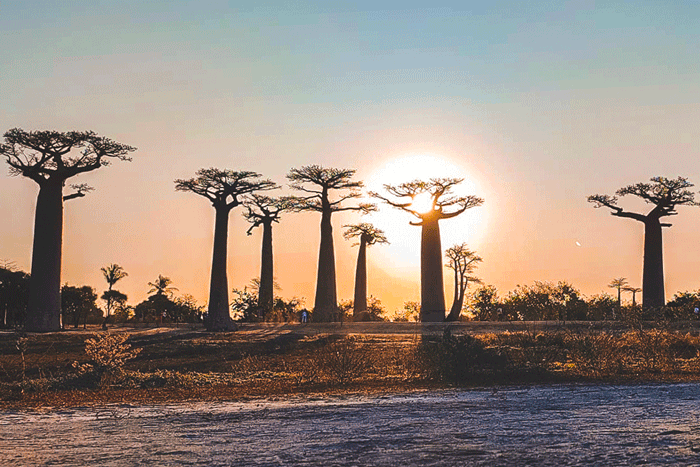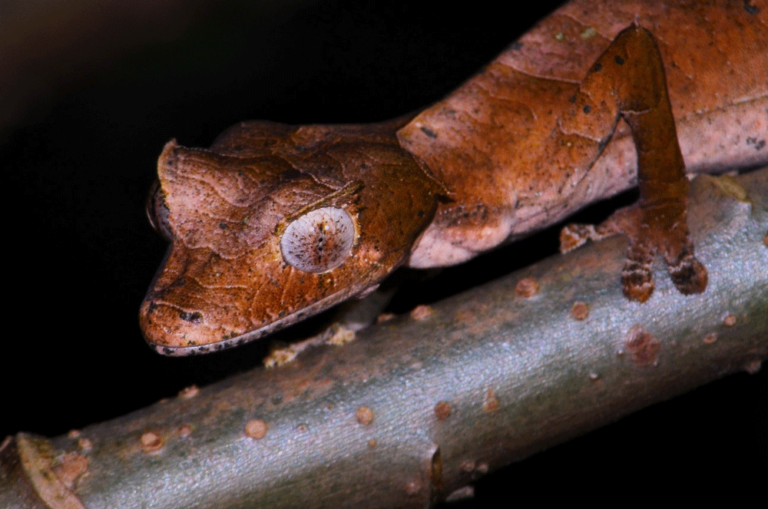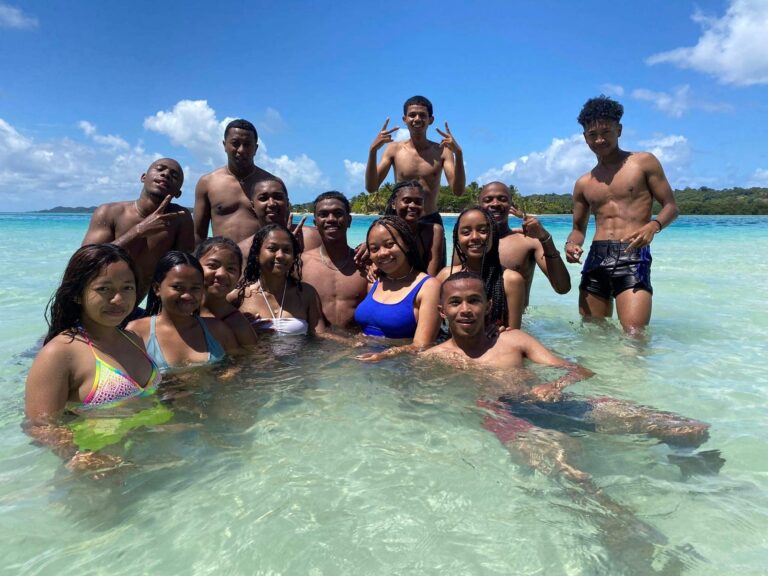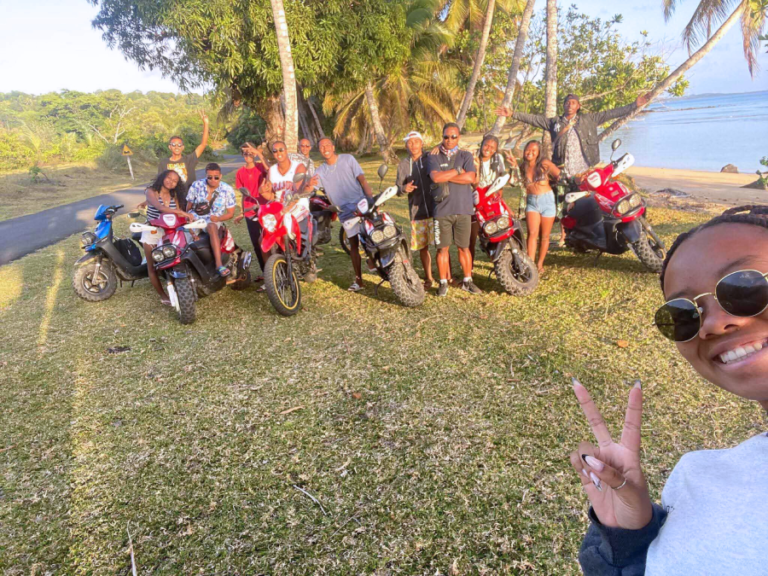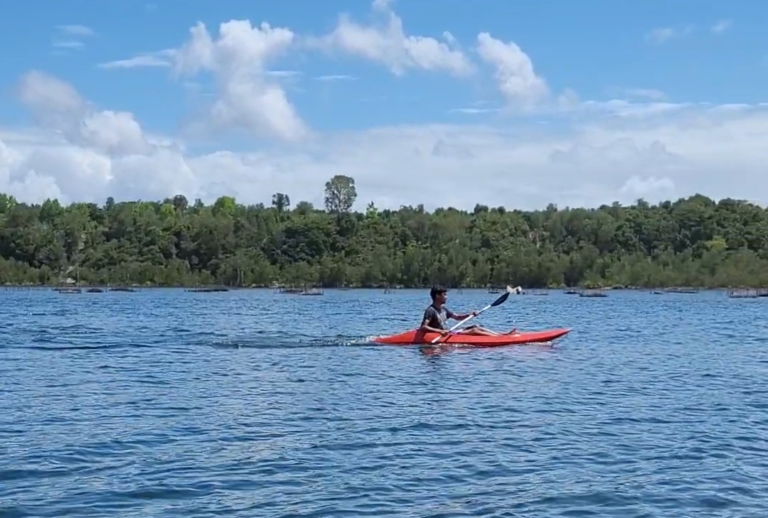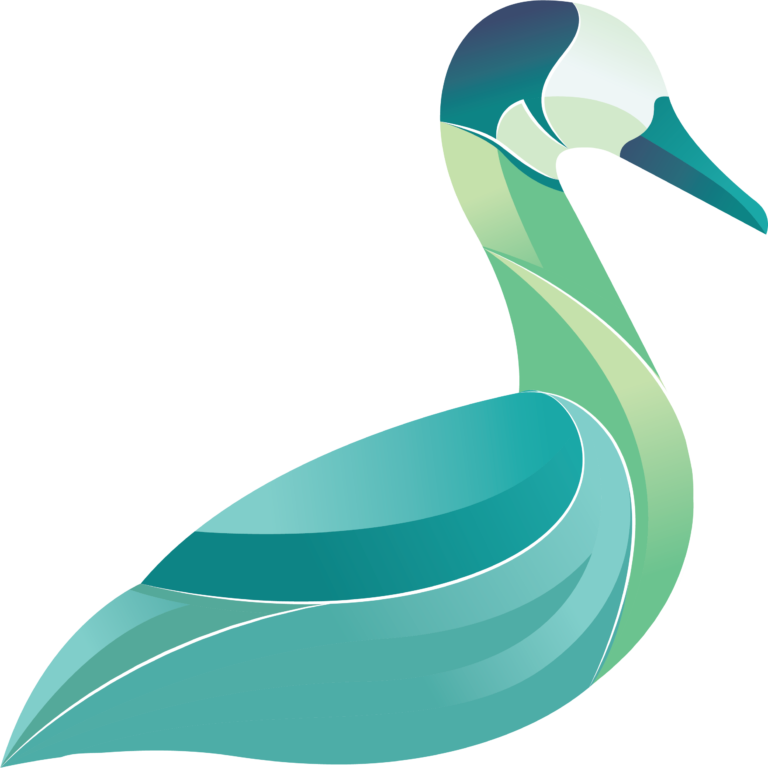Mitsinjo Reserve in Andasibe
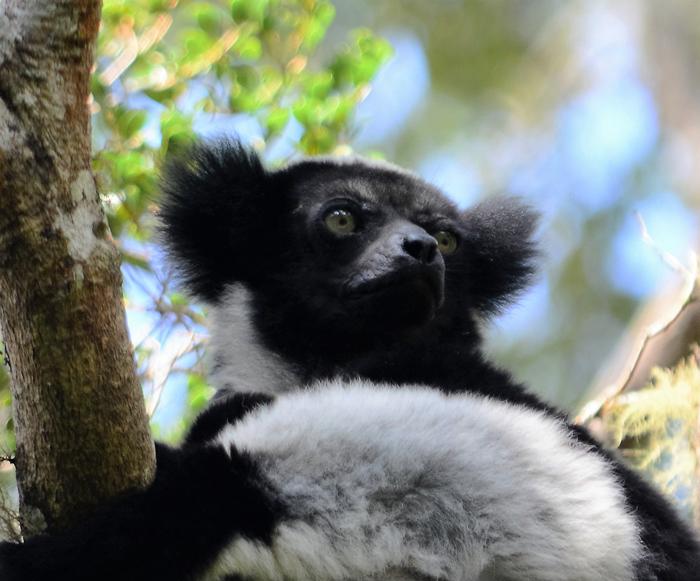
Located about 140 km east of Antananarivo, in the Alaotra-Mangoro region, the Mitsinjo Reserve is a community-managed protected area, situated right next to the entrance of the Analamazaotra-Andasibe National Park. It is managed by the Mitsinjo Association, a community-based organization founded in 1999 by local residents with the goal of protecting the surrounding rainforest and wetlands. According to available information, the association also manages the Analamazaotra Forest Station independently of the national park, in collaboration with local communities.

